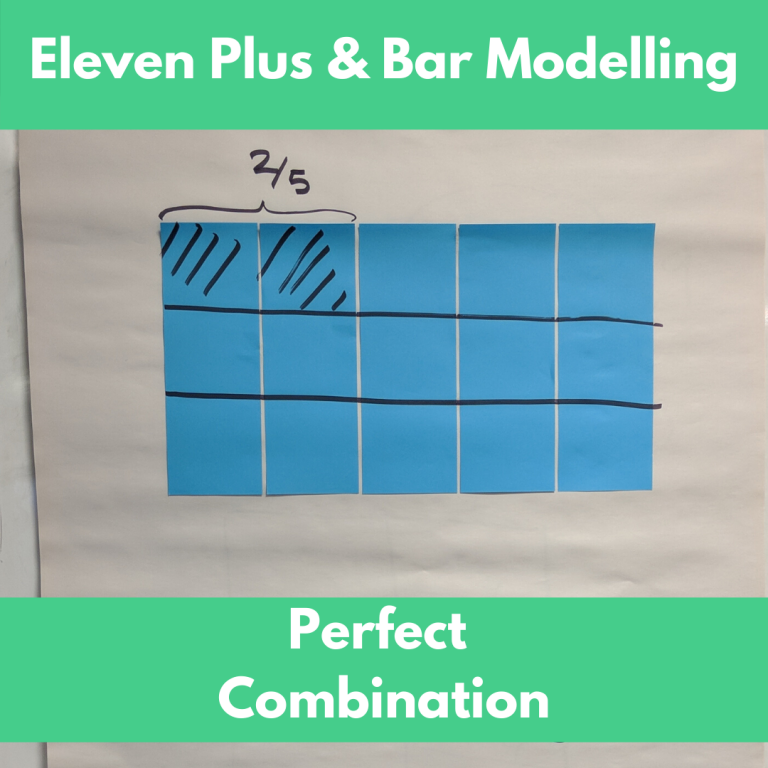Teaching Bar Modelling is not always easy and in fact there are many teachers who love the concept and are very good at using the models themselves but are struggling to effectively teach the approach to their class and there are many more who are not yet confident with bar modelling and therefore would find it a bigger challenge to teach the approach.
The common classroom mistakes when teaching Bar Modelling are:
- Showing the answer. So the teacher has asked a question to the class and due to various reasons, it may be time constraints or possibly their own confidence in the approach, they have rushed into giving the final answer including what the final model looks like. This means that there is no modelling and as a result, the class doesn’t get to understand how to “build” the model diagram for that particular question.
- Prescriptive modelling. What do we mean? Prescriptive modelling is when we just tell the class how to do draw the models and where everything goes and then at the end ask what the answer is or how to get to the answer. Why is this not a good way to teach? Well with this approach, when you let go as a teacher, your pupils will not know how to solve the next question using the model approach as you haven’t shown them yet.
- Not enough questioning which allows pupils to discover the next steps. Our questioning sometimes may be too simple and therefore doesn’t allow pupils to explore the model and use reasoning skills to make the next steps. Remember problem-solving is often in multiple steps.
- Not using concrete materials. A huge mistake is to jump onto drawing the bars without using concrete materials. I remember one case (sound a bit like Sherlock Holmes there!) where at the end of the training session a teacher asked me about a year 5, before and after problem. She was convinced that she couldn’t do the question and the textbook solution didn’t help her either. It took literally 3 seconds with some paper and the year 5 teacher’s exact words were, “oh, is that it?”
So, how do we improve our questioning when teaching Bar Modelling so that when we let go, our pupils can become efficient problem solvers?
In the video below you get to see me going through a question with some pupils from Elmhurst Primary school. It was the first time I had met them and within a few minutes I was teaching them something which was quite new to them, I was teaching bar modelling to the pupils when I wasn’t sure how much they had done with their normal class teacher. So what did I do? I knew I would have to quickly assess the situation as I move them along the question, so I wanted to make sure we don’t rush through the question as then when I let go they will fall. We looked at each section of the question at a time and I tried to ask as many relevant questions as possible and some questions which I asked as I wanted to know what they thought and assess whether they were ready for me to let go within the first lesson. This scaffolding approach allowed them to ease into the question and have a deep understanding of the model itself. I probably could have let go earlier but as this class was new to me, I wasn’t sure. It worked out well as when they attempted the second question, all four pupils could solve the question.
Do watch the video and let us know what you think.





